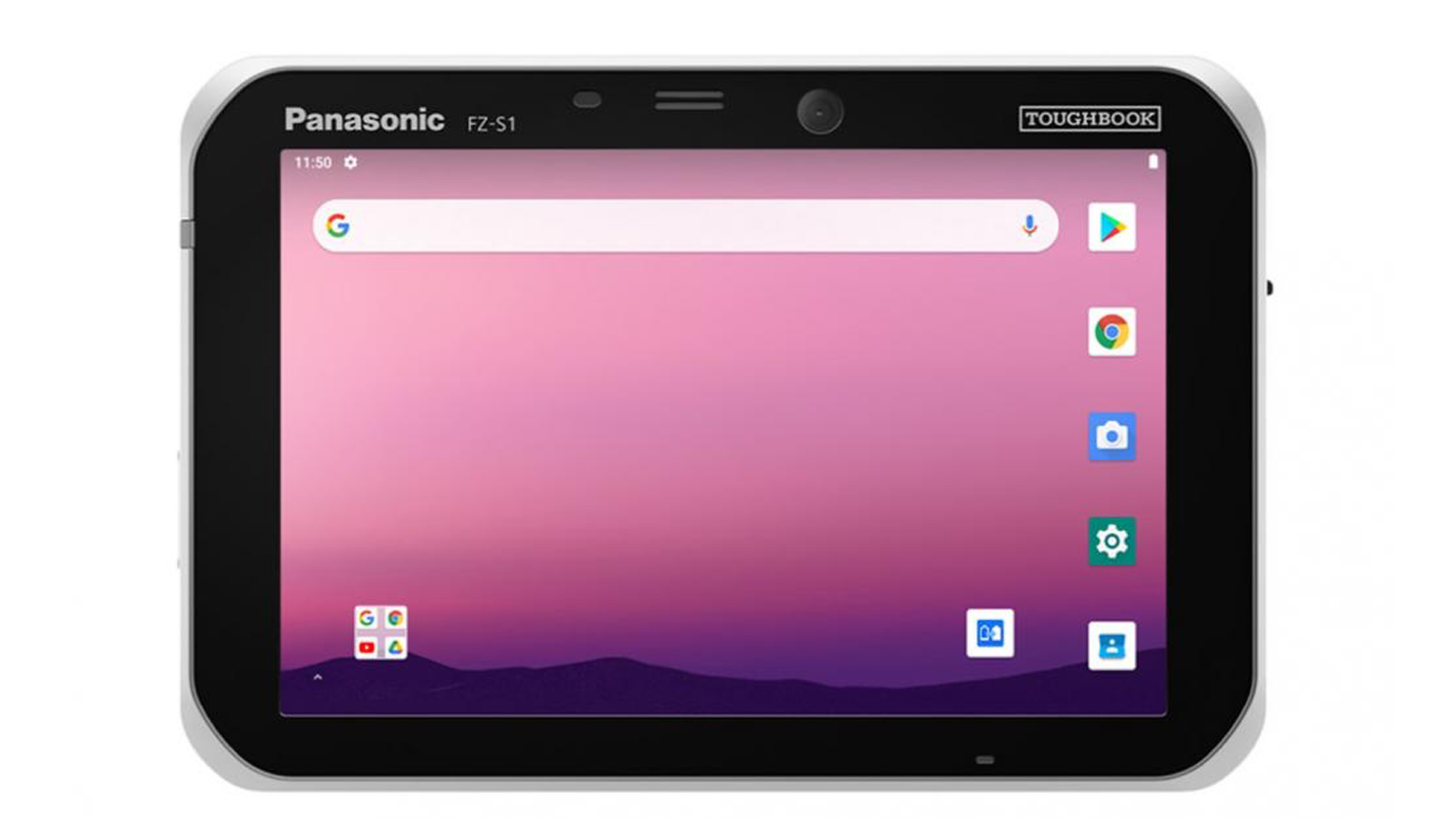News
Panasonic Launches Toughbook S1, A Rugged Android Tablet With Snapdragon 660 SoC
The latest tablet by Panasonic seems to be a competitor for Samsung’s Tab Active series.

Panasonic just made the Android tablet segment bustle with its latest launch. The company has unveiled the Toughbook S1 tablet, a powerful Android tablet with some great features and hardware. Panasonic sort of followed Samsung’s “Active” series offering with the latest launch.
Like Active tablets by Samsung, the Toughbook S1 is also a rugged tablet with IP65/67 rating for dust and water resistance, MIL-STD-810H certification, and can endure a five-foot drop onto concrete. The tablet can also sustain in extreme surroundings with temperatures ranging between -20 to 50 degrees Celsius.
Panasonic Toughbook S1 Specs & Features
The Toughbook S1 comes with a 7-inch WXGA display at 800×1,280 pixels resolution. It also supports glove touch modes and 10-point capacitive multi-touch. The display also has an anti-reflective (AR) screen treatment. An octa-core Qualcomm Snapdragon 660 chipset powers the device with 4GB of RAM and 65GB of internal storage. It allows storage expansion of up 2GB via SD card, up to 32GB via SDHC, and up to 64GB via SDXC.
The tablet runs Android 10 out-of-the-box. The tablet features a 13MP rear camera and a 5MP selfie snapper on the front. Connectivity options on the tablet include Qualcomm WCN3990 Wi-Fi, 4G, USB Type-C, NFC, Bluetooth v5.1, GPS, and a 3.5mm headphone jack. It also has a docking connector with an optional USB Type-A port for charging.
Being a rugged tablet and better suited for industrial use, the Toughbook S1 also features a slew of sensors like an accelerometer, gyroscope, ambient light sensor, and digital compass.

A 3,200mAh battery backs the tablet with up to 8 hours of battery backup in 3-hours of charging. Panasonic offers a battery power extension of up to 5,580mAh, and that can provide up to 14 hours of backup on a single charge.
In a statement given about the Toughbook S1, Craig Jackowski, GM of Product Management, Panasonic System Solutions Company of North America, said:
“The TOUGHBOOK S1 is purpose-built for mobile workers in the most challenging environments and conditions, especially in transportation and logistics, manufacturing, and field services, where efficiency and reliability are essential for getting the job done. Building on the TOUGHBOOK legacy of productivity and ruggedness, the Toughbook S1 comes at a time when our customers demand reliable technology solutions to support digital and mobile operations.“
As you can gauge from the specs, the Toughbook S1 seems better suited for businesses and users who operate in harsh conditions. Panasonic is mostly targeting the same userbase as the Samsung Active tablets with the Toughbook. Let’s take a look at its pricing and availability.
On that note, check out the review for Samsung Galaxy Tab Active 3.
Samsung Galaxy Tab Active 3 Review: Best 8-Inch Android Tablet
Pricing and Availability

The Panasonic Toughbook S1 is priced at $2,499 in the US for the 4GB RAM + 64GB storage model. The tablet will be up for purchase in the US for now. Panasonic is yet to reveal details regarding its availability in the regions outside the US. Stay tuned with us for more information.
What’s your take on the Toughbook S1? Do you think it is a powerful device that can even suit token consumers? Share your thoughts in the comments.
-

 The Best2 months ago
The Best2 months ago9 Best Tablets With Stylus Pen For Drawing & Writing | 2024 Edition
-

 The Best2 months ago
The Best2 months agoTop 10 Best Tablets with a Keyboard | 2024 Edition
-

 The Best1 month ago
The Best1 month agoTop 15 Best Android Tablets Based On Real Reviews | 2024 Edition
-

 The Best4 weeks ago
The Best4 weeks ago11 Best Tablets With 5G, 4G LTE & SIM Card Slot in 2024
-

 The Best2 months ago
The Best2 months agoTop 3 Best Windows Tablets You Can Buy Today | 2024 Edition
-

 The Best1 month ago
The Best1 month ago6 Best 8-Inch Mini Tablets Review & Comparison | 2024 Edition
-

 The Best5 months ago
The Best5 months agoBest Surface Pen Apps: 16 Must-Haves for Your Surface Pro & Go
-

 The Best2 months ago
The Best2 months agoThe 8 Best Samsung Tablets: Our Big 2024 Comparison









